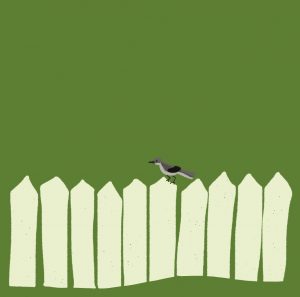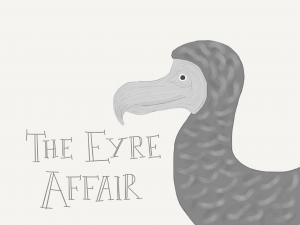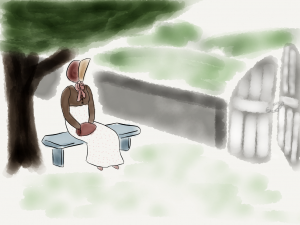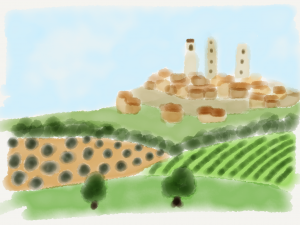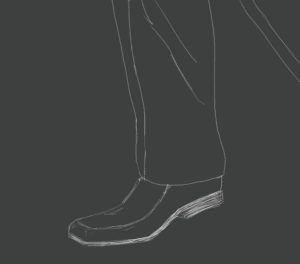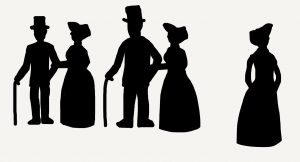
When Stanley Yelnats gets caught holding a celebrity’s stolen sneakers which have just fallen on him out of the sky, he knows that it’s because of the family curse acquired by his no-good-dirty-rotten-pig-stealing-great-great-grandfather. Stanley is sent to Camp Green Lake, a camp for bad boys, where every day each boy is set the task of digging a 5 foot hole in the dry lake bed ‘to build character’. But it seems like that may not be the only reason they are digging holes…
This is a great YA novel with a well-woven plot, great pacing and tone and a likeable main character. An enjoyable read. Good out loud too. Late primary schoolers would be able to to enjoy it as well.

